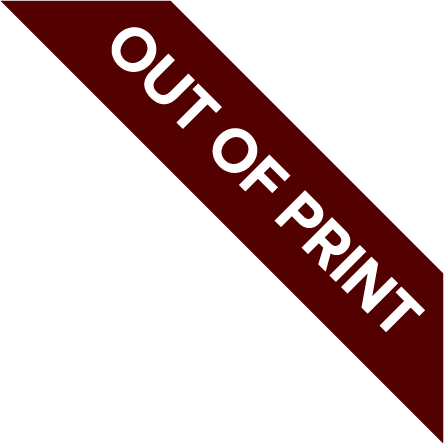
In recent years, the literature concerning the urban project in Europe has been enriched by studies and research investigating the field of design, in which numerous scientific inquiries sought to interpret the fine line between architecture and urban planning. The copious theoretical production did not correspond to the same kind of attention to the ways in which projects face/conflict with the complexity of territory and landscape in the passage from design to construction. Often we find ourselves ‘adrift’, a situation generated by unpredictable conditions that ‘disturb’ project implementation with the loss and recovery of an intended route, but which, like serendipity, the may offer the pleasure of unexpected landfalls when searching for others. Fundamentally, this is the meaning of urban design: a hoped-for state of things and, at the same time, an open work.
by the same author